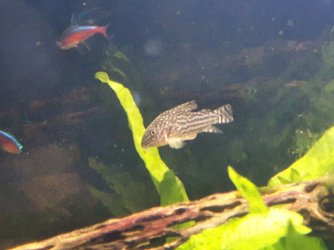I don't usually interfere in disease threads, but having had this myself with one or two cories...it is fungus, and it is often found in the spot you see it. The base of the pectoral fin spine can be easily damaged (the cory can release a highly toxic substance from this spot) and fungus occur.
Do the tank maintenance Colin suggested, but do not add any fungal concoction to the water, that will only stress out all the fish.
Net this cory as easily/rapidly as you can...by that I mean, plan how to do it so you are not chasing it around the tank. Using a large net (largest you have) held against the front glass close to either corner (depends if you are right or left handed, which hand you use to hold the net) and with your free hand, slowly "guide" the cory around that side of the tank and it will usually swim straight into the net.
Have ready a cotton swab or a medicinal dropper (I prefer the swab, some prefer the dropper) and methylene blue or malachite green; methylene blue is basic, but I happen to have the malachite green and it works for this. Lift the cory just above the water surface (in the net) so the fungus side is facing you, and dab the fungus with the MB or MG. Use it full strength. Wait a couple seconds, you will see the white fungus turn dark blue (or green), then release the cory back into the tank.
In a day or two the fungus (which is killed by the MB or MG) will drop off. This is the safest and most effective method for fungus in one area. This fungus is not going to spread to other fish. I had a panda cory some years ago that got this same fungus spot, and I could not get him in the net, so rather than stress it out even more, I left it; tried the next week, still no luck. I left him and some months later (yes, months) this fungus blotch finally fell off of its own. No other fish in the tank ever got it.
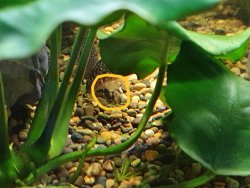 99368832_243534083631122_7312952304213164032_n.jpg268.3 KB · Views: 434
99368832_243534083631122_7312952304213164032_n.jpg268.3 KB · Views: 434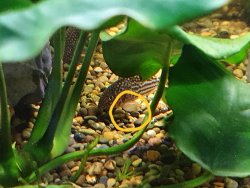 98274353_707186746774651_4439851205912428544_n.jpg284.6 KB · Views: 359
98274353_707186746774651_4439851205912428544_n.jpg284.6 KB · Views: 359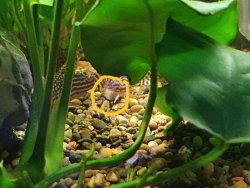 99000274_181591639770204_7002935642027982848_n.jpg278.6 KB · Views: 413
99000274_181591639770204_7002935642027982848_n.jpg278.6 KB · Views: 413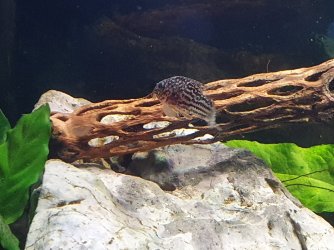 20200521_190106.jpg966.2 KB · Views: 375
20200521_190106.jpg966.2 KB · Views: 375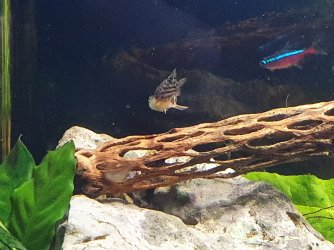 20200521_190108.jpg1,016.3 KB · Views: 429
20200521_190108.jpg1,016.3 KB · Views: 429

